In this article, I’m going to talk with you about the Best Food Importers around the globe. Below are some of the key importers of food products, having active food industries, which helps in bolstering the domestic demand.
Understanding the behavior of these food importers offers keen insights about food products market and consumer behavior at a global level.
Key Points & Best Food Importers
| Country | Key Food Imports |
|---|---|
| United States | Fruits, vegetables, meat, seafood, grains |
| Germany | Meat, dairy, cereals, beverages |
| United Kingdom | Meat, cereals, beverages, fruits |
| Netherlands | Meat, dairy, cereals, beverages |
| France | Meat, dairy, cereals, beverages |
| Italy | Meat, dairy, cereals, beverages |
| Canada | Meat, dairy, cereals, beverages |
| Belgium | Meat, dairy, cereals, beverages |
| Spain | Meat, dairy, cereals, beverages |
| Japan | Meat, dairy, cereals, beverages |
10 Best Food Importers
1. United States
The United States imports a myriad of food products to satisfy its diverse consumers, making it the largest food importer of the world. Important imports consist of fresh fruits and vegetables, seafood, meat and grains, and processed foods.
The U.S. imports from Mexico, Canada, and China due to domestic seasonal shortages and consumer preference.
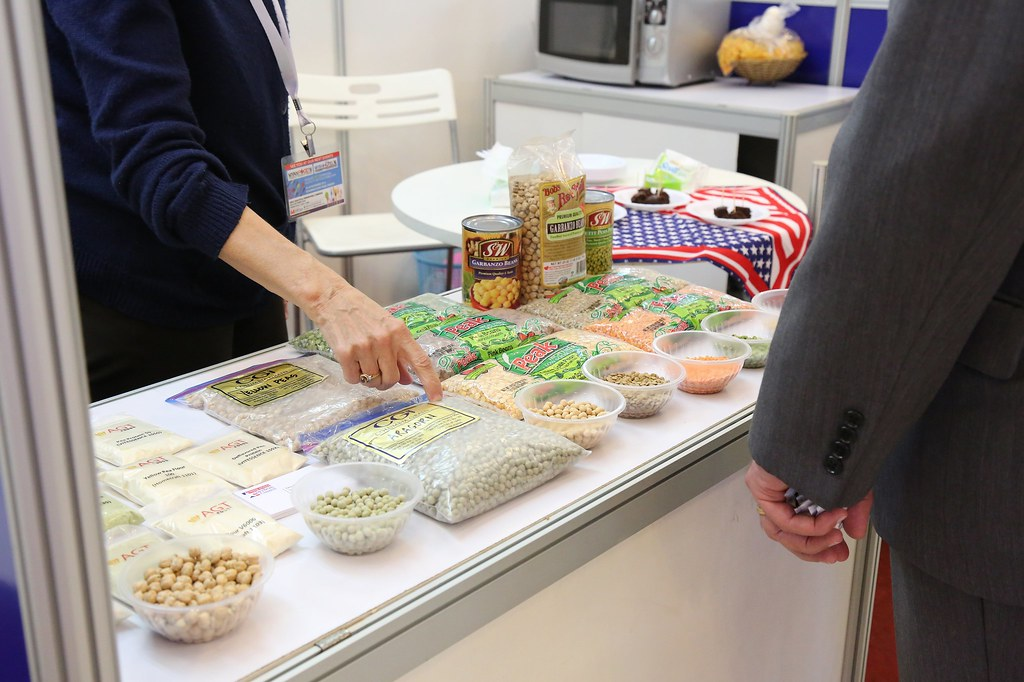
Imports are chiefly consumed by the food service industry, retail chains, and households that seek authentic cuisines from the overseas.
The U.S. holds a dominant stance in global food imports. Its trade agreements, logistics infrastructure, and purchasing power shapes global food market trends.
2. Germany
Germany is the leading European importer of food products such as meat, dairy, cereals, beverages, and convenience foods.
Germany’s imports come mainly from the Netherlands, France, Italy, and Spain, demonstrating the intra-European trade.
To fulfill domestic demand and support the food processing industry for the exporting of processed food, the country imports agricultural products.
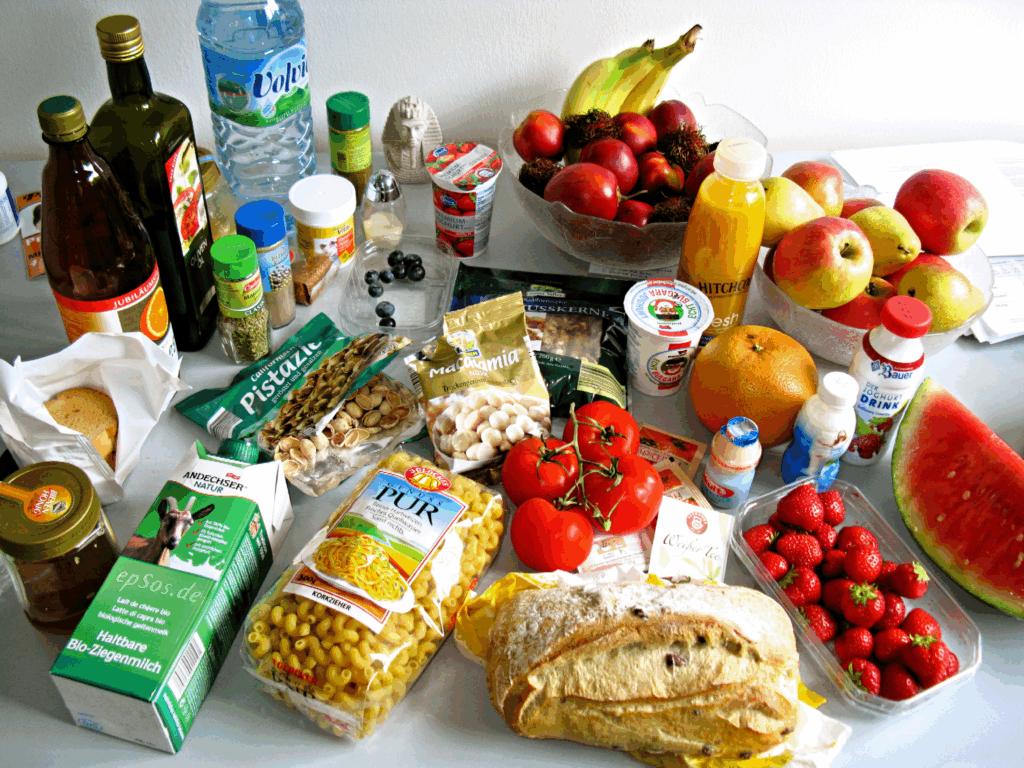
Germany’s strong imported products are due to the well-known logistical system, key ports such as Hamburg, and German standards of quality and safety.
German customers prefer to buy a variety of products from the country, making Germany a major importer of specialty and organic foods as well as basic foods.
3. United Kingdom
Out of the food items available to the United Kingdom, most of the food are imports. Reason for this is very little food is produced in the country.
Some of the main imports are grains, fruits, vegetables, dairy, meat, and drinks. Most of the imports come from the EU and various other countries.
Along with meeting the consumer demands for exotic food, the imports helps in feeding the population throughout the year.
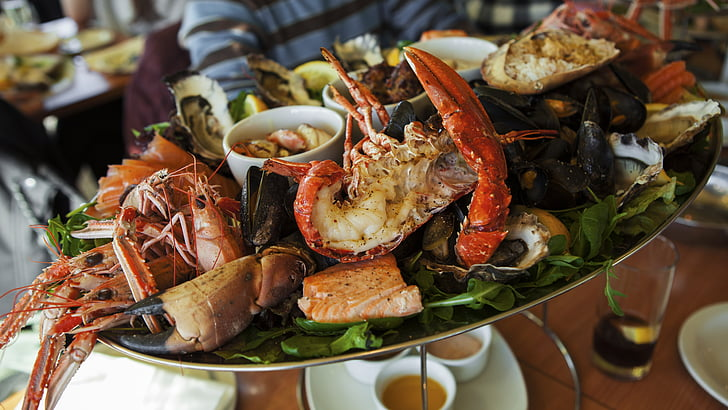
One of the sectors of the UK which largely depends upon the imports is the retail and hospitality sector.
Trade patterns changed which means exports and imports had to comply with changes in tariffs and other regulations.
Even with these changes, the food imports were still in high demand. With the modernized logistics, ports, and the ability to purchase, the country is definitely one of the greatest food importers in the world.
4. Netherlands
Besides catering for local consumption, the Netherlands is also a strategic re-export hub for food imports within the European Union.
It serves as a key port of entry for imports of dairy, meats, cereals, beverages, and fruits and vegetables from all over the world.
The Netherlands has highly developed port-related infrastructure, such as the Port of Rotterdam, and very efficient logistics and transportation systems, which enable it to handle large volume imports.
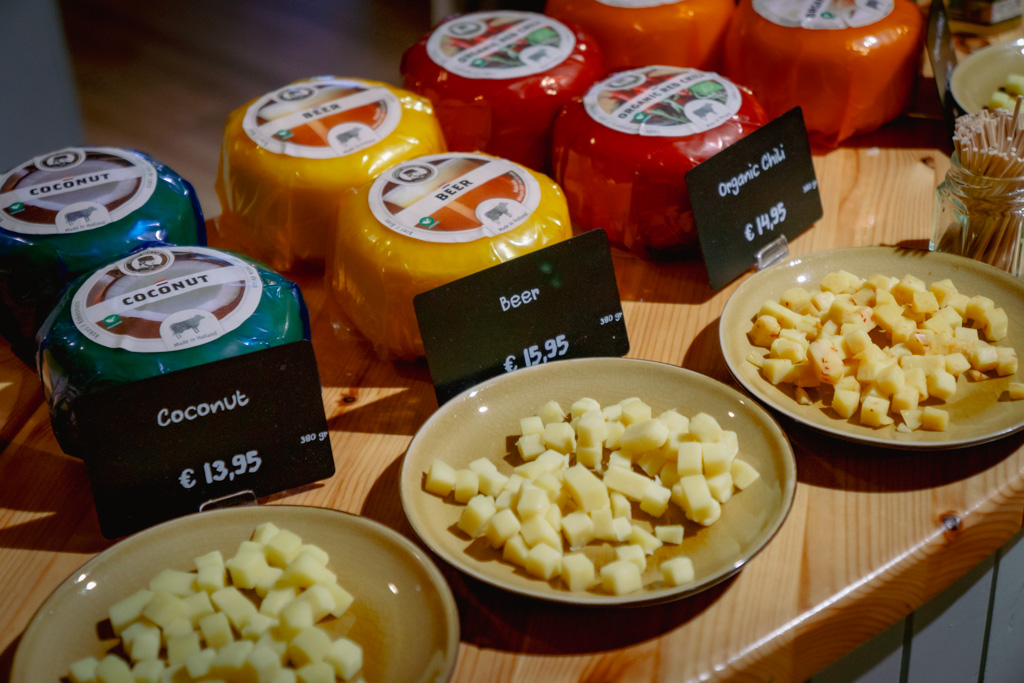
The retail market and food processing market, which serves the rest of Europe and the world, are both well catered for by these imports.
The Netherlands has very high standards for food, as well as innovations such as advanced storage, distribution, and geo-advantage, which makes the Netherlands a very important country for food imports in Europe.
5. France
France is one of the largest importers of food in Europe. They import meats, dairy, cereals, seafood and specialty food.
France’s imports supplements their domestic production of food, especially for food that is both grown overseas and is out of season.
France’s clientele is mostly from the EU, Africa, and the Americas, which shows how diverse the country’s cuisine is. France France’s imports cater to the hospitality industry, supermarkets, and the production of artisan foods.
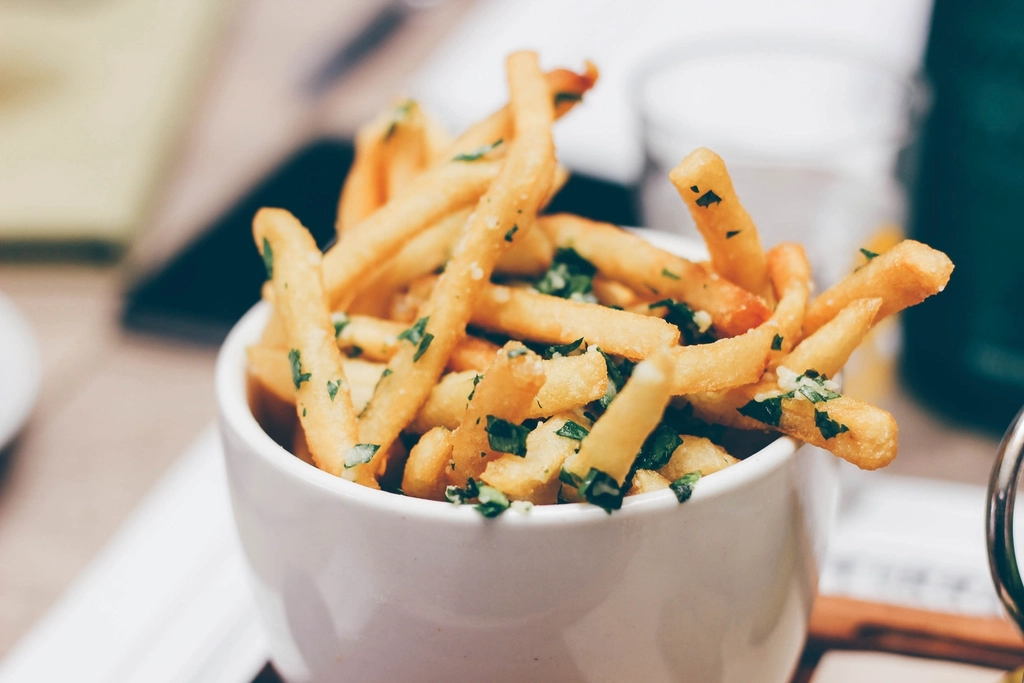
France is known to practice strict food safety and food quality which influences the suppliers to whom they export their food.
France’s domestic consumers prefer fresh food that is imported, affording the country international trade agreements, and logistic infrastructure which streamlines the import and export of food within Europe and France.
6. Italy
Italy ranks as one of the foremost importers of food products, especially cereals, meats, dairy, fruits, vegetables, and specialty products.
Imports serve as supplements to self-production and provide the inputs required for the Italy food processing and cooking industries.
Italy imports from both EU and non-EU countries, which guarantees the country constant availability of seasonal and other products from abroad.

Exotic foods are in great demand in Italy owing to the culture and the high culinary standards Italians are known for, which further drives food imports into Italy.
Logistics, the ports of Genoa and Venice, and regulatory compliance enables efficient import of food to Italy.
The export of food products from Italy is especially important as the country is known for producing global-recognized pasta, sauces, and cheese. Imports of these products play a major role in sustaining Italy’s export industry as well.
7. Canada
Canada is one of the top countries in the world when it comes to the importation of food. They import specific foods like fruits, meat, vegetables, dairy, processed foods, and seafood.
Much of Canada’s fruits and vegetables can not be grown because of its climate and they depend more on U.S. Mexico and other countries. Supermarkets, the food processing sector, and restaurants all rely on imports.

Agreements such as USMCA make it easier for Canada to trade with the U.S. Canada has ports located in Montreal, Vancouver, and Halifax which aids them in the trade and transport of perishable and cold foods.
Canada is one of the top countries in food imports because the people living there are constantly demanding foods from all over the world.
8. Belgium
Belgium acts as a bridge rather than a destination when it comes to serving imports to the European market.
This means that Belgium will import foods from all over the world and act as a distribution center for the rest of Europe. Some of the foods that Belgium imports includes cereals, dairy, vegetables, meat, beverages, and fruits.
Almost all of these foods will be kept for the domestic market, while a portion would be re-exported. This is possible because of Belgium’s highly efficient logistics and the port of Antwerp.

Belgium being a developing nation also ensures that a part of these foods would be sent for processing to domestic processors and an equal part will be sent to Belgium’s neighbors, Germany, Netherlands, and France for redistribution.
This means Belgium is vertically integrated and specialized in processing food to re-export to other European nations.
9. Spain
Spain’s key food imports include cheese, meat, fish, some beverages, vegetables, and fruit. Since consumption styles have changed, the differentiated imports have helped fill the shortcomings of domestic Spain. Principal suppliers are the European Nations, Africa, and Latin America.
Imports are highly desired due to Spain’s booming tourism and food processing industries. Valencian and Barcelonan ports and other critical transportation nodes allow for swift movement of products for trade.

Seasonal changes, warmer weather for example, can result in high demand for imports due to the Spanish consumer appetite.
Imports along with trade agreements make international foods accessible and affordable. Processed foods have been recently added to Spain’s growing list of exports.
10. Japan
Japan has to import a large part of its food due to a lack of farmland and a high population. The major imports are seafood, meat, grains, fruit, and processed food, primarily from America, Australia, and Southeast Asia.
These imports help meet domestic demand and enable food processing and restaurant services in Japan.
Japanese consumers are extremely concerned about quality, safety, and freshness, and set almost impossible standards for the food products they import.

The efficient cold chain logistics supports Japan’s ports in Tokyo and Osaka in the handling of the perishables.
Imports enhance the variety of food and reduce the otherwise high food prices due to the large volume of food Japan imports and the limited domestic food production. This makes Japan one of the largest food importers in the world.
Conclusion
To finish, Best Food Importers positively impact the global food supply, ensuring the availability of a variety of quality food products.
The United States, Germany and Japan still on top, takes care of both the domestic consumption and international trade.
Recognizing these importers helps, to an extent, in understanding food imports and exports, world patterns of food, trade routes, and the need for good organization, quality standards, and monitoring in logistics.
FAQ
What are food importers?
Food importers are countries or companies that bring in food products from other nations to meet domestic demand.
Which country imports the most food?
The United States is the largest food importer globally.
Why do countries import food?
To meet shortages, provide variety, and support domestic food industries.
Which European country is a top food importer?
Germany is one of Europe’s leading food importers.
What types of food are commonly imported?
Fruits, vegetables, meats, dairy, seafood, cereals, and processed foods.

